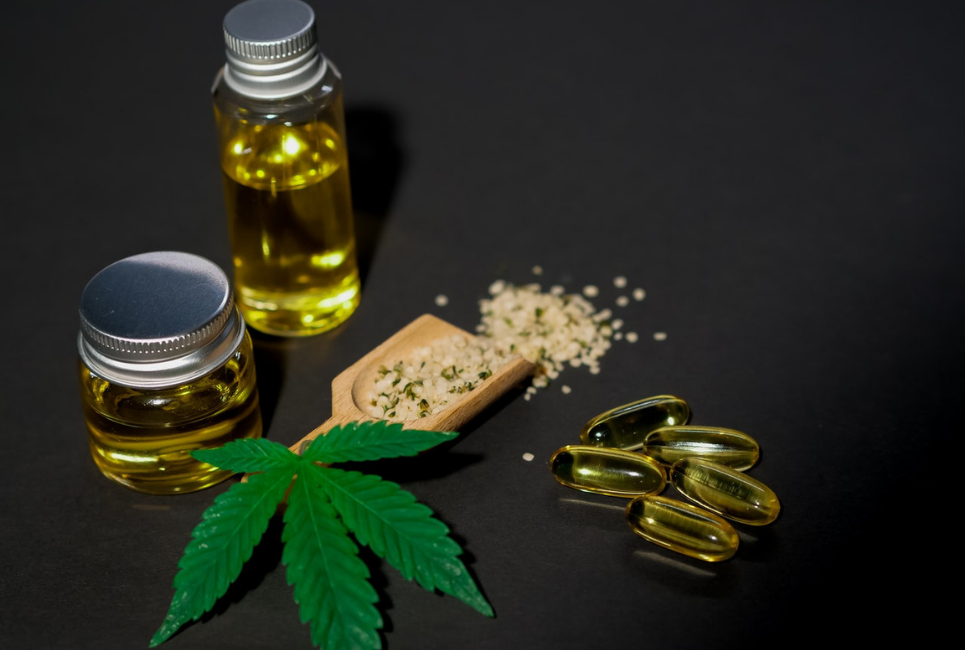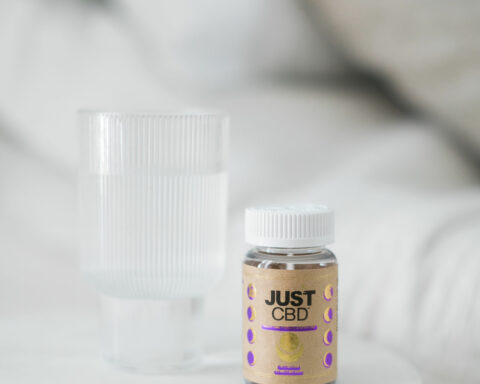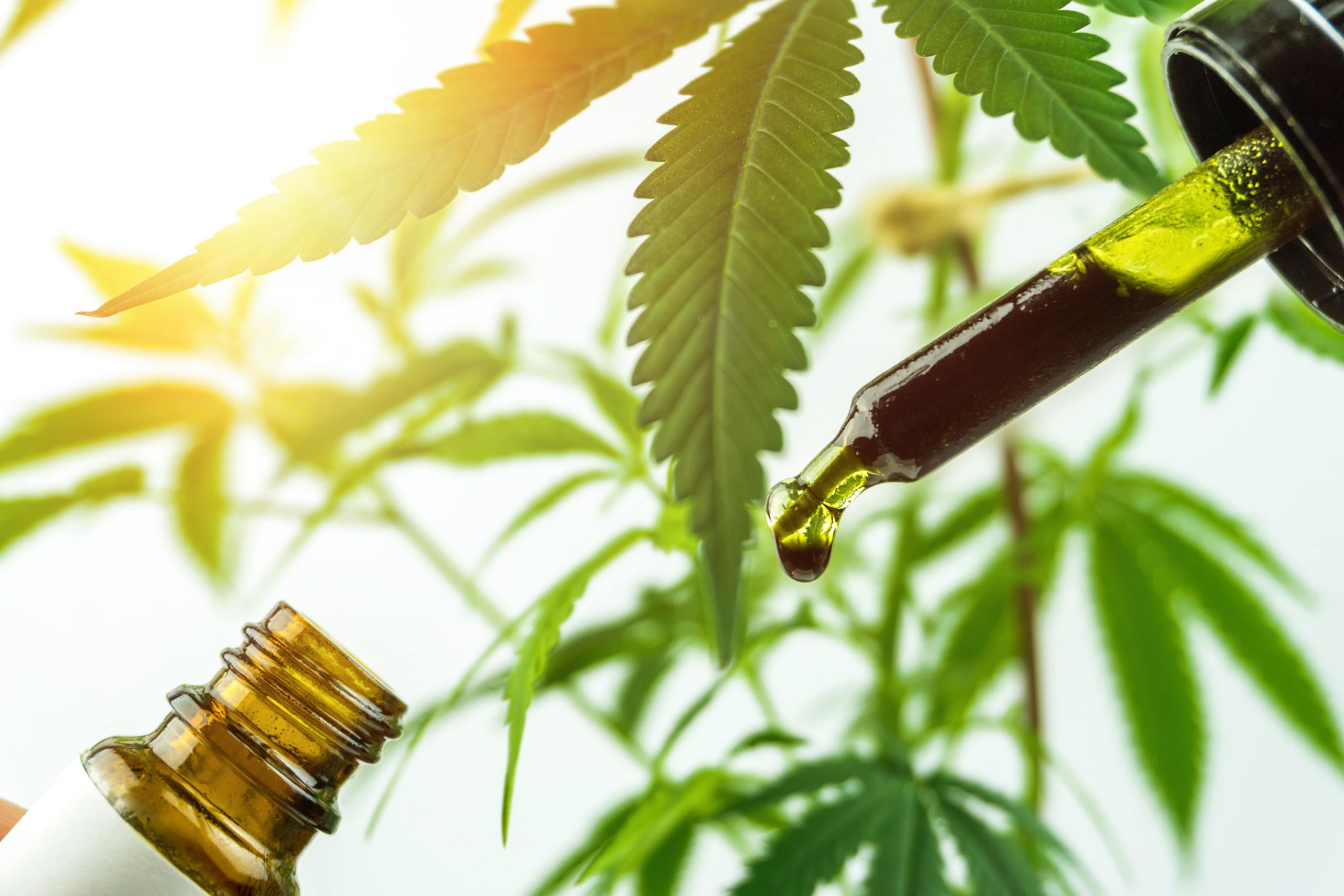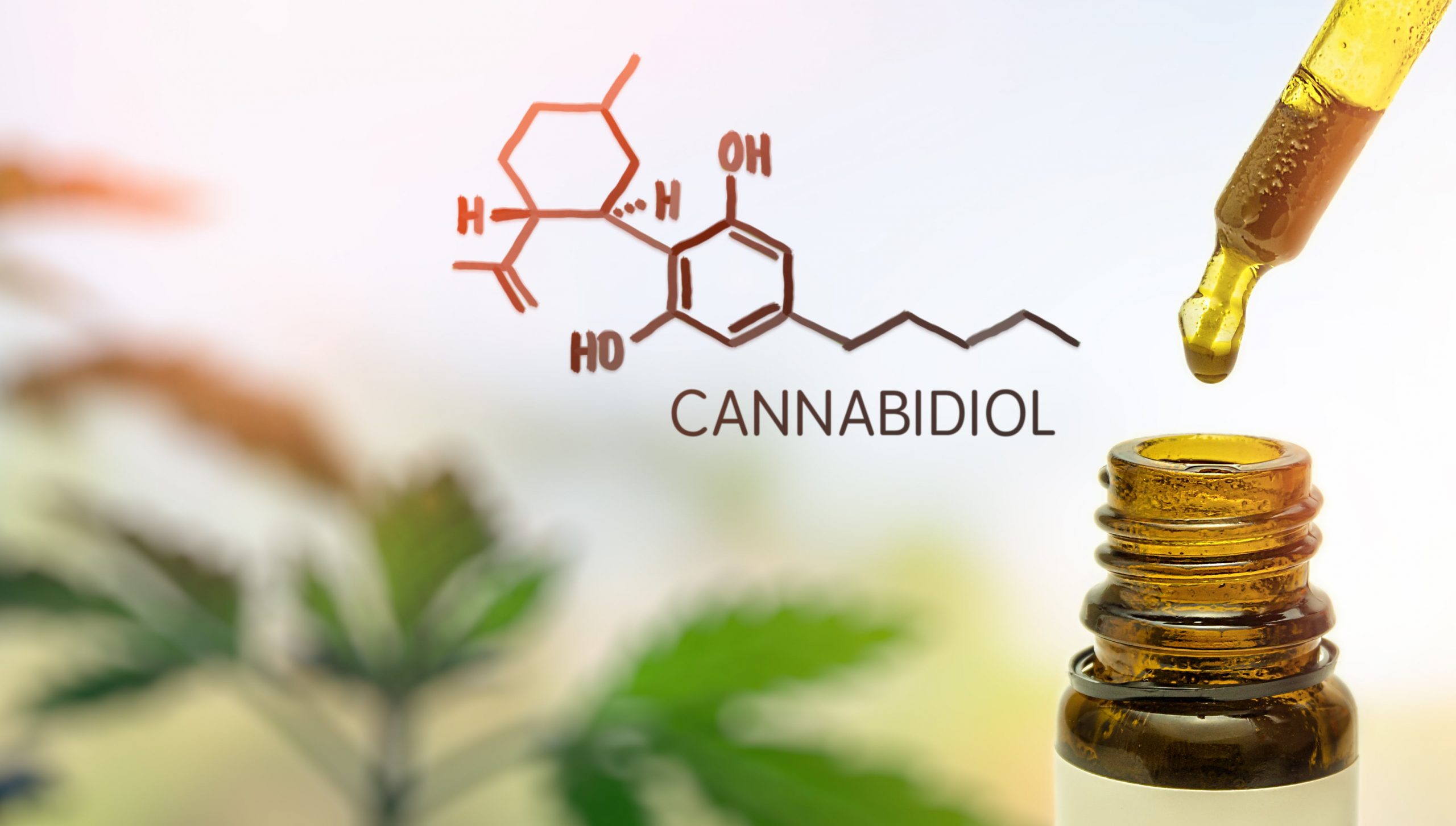Cannabidiol (CBD) has become a star ingredient included in almost every product used by humans and animals. But what exactly is cannabidiol? What are the types? How is it consumed? What are the benefits of CBD? What are the side effects of consuming CBD? Read on to get answers to these questions.
While present-day Cannabidiol, or CBD, might seem like a new trend, CBD has existed for years. Studies indicate that CBD was discovered in Central Asia around 2900 BC. Since then, people have been using cannabidiol because of its therapeutic benefits. Today, CBD can be accessed particularly in any form. Drinks, beauty products, foods, gummies, oils, and other CBD-infused products are available online and in walk-in stores. Even with the increasing popularity, there is still a lot to research, especially its legality, how it works, how to use it, and if there are any downsides associated with CBD.
WHAT IS CBD?
Cannabidiol (CBD) is a naturally-occurring compound in the cannabis plant. According to studies, the cannabis plant has more than one hundred compounds known as cannabinoids. These compounds have a wide range of therapeutic effects on the body. There are two major types of cannabis plants, hemp, and marijuana. Both plants contain CBD and tetrahydrocannabinol (THC) as the most prevalent compounds. Hemp contains higher levels of CBD and lower levels of THC, while marijuana has higher levels of THC and lower levels of CBD. Unlike THC, which creates head-high effects when consumed, CBD is not intoxicating. This is the underlying difference between the two cannabinoids.
TYPES OF CANNABIDIOL
Cannabidiol is available in a variety of products and different forms. The three main types of CBD are;
FULL-SPECTRUM CBD
Full-spectrum CBD contains all compounds of the cannabis plant, including THC, terpenes, and flavonoids.
BROAD-SPECTRUM CBD
Broad-spectrum CBD contains all other components of the cannabis plant except THC.
CBD ISOLATE
CB isolate contains CBD as the only compound from the cannabis plant. It is the purest type of CBD with no impurities.
Products containing full-spectrum CBD may be more effective because of the phenomenon known as the “entourage effect.” Some scientists believe that taking cannabinoids in combination maximizes the therapeutic effects.
IS CANNABIDIOL LEGAL?
The legality of CBD depends on whether CBD is obtained from hemp or marijuana. It also depends on where you stay. CBD derived from marijuana is considered illegal in most countries. Some states have legalized the medical use of marijuana, while very few have legalized the recreational use of marijuana. In most states, products made from hemp-derived CBD are considered legal.
HOW IS CBD CONSUMED?
How you take CBD depends on the reason why you are taking it. CBD can be ingested, taken sublingually, applied topically, or inhaled.
SUBLINGUAL INTAKE
Sublingual administration involves putting a few drops of CBD under your tongue and holding it for around 90 to be absorbed before swallowing. Sublingual uptake is one of the methods that deliver effects quickly. The area under your tongue is full of blood capillaries and permeable membranes that facilitate faster absorption of CBD into the bloodstream. CBD tinctures and CBD oils can be taken using the sublingual method. The sublingual method delivers effects within 30 minutes, which may last 3 to 4 hours.
INGESTION
The ingestion method involves taking CBD orally through edibles or swallowing it directly in the form of capsules, tablets, or oils. CBD can also be taken with other foods, especially if you dislike its earthy taste. You can purchase CBD edibles like gummies, muffins, cookies, lollipops, chocolates, mints, and many more. CBD edibles are the most discreet way of taking CBD. For example, you can chew CBD gummies at work or while traveling for anxiety relief and relaxation. Effects of ingesting CBD are often felt hours after taking them. Like any other food, CBD edibles also go through the digestion process for breakdown and metabolism before CBD is made available for absorption into the bloodstream. However, the effects of ingesting CBD last longer, approximately 6 hours. Oral ingestion may not be the best option for those who want to experience the effects of CBD quickly.
TOPICAL APPLICATION
The topical application method involves applying CBD directly to your skin. CBD topical is available in lotions, creams, salves, balms, and oils and can be absorbed into your body through your skin’s endocannabinoid system (ECS). The ECS regulates most body functions such as pain, memory, appetite, immune responses, reproduction, and other brain-signaling systems. CBD topicals are typically designed to be used on your skin. McEwen (2018) found that topical CBD may effectively reduce arthritis pain and inflammation, soothe muscles, and improve other skin conditions such as eczema, psoriasis, and fibromyalgia. The time taken for effects to kick in depends on CBD potency in the product, its solubility, and your skin type. Topical CBD delivers effects within one hour, which may last 3 to 4 hours.
INHALATION
Alternatively, you can inhale CBD vapor through smoking or vaping. After inhaling CBD vapor, it goes directly into your lungs and gets absorbed into the bloodstream. Inhalation is the quickest method to deliver the highest concentration of CBD. Effects are felt almost immediately after consuming CBD. Most people prefer vaping to smoking since the former may harm your lungs and throat. Effects of inhalation do not last long ham oral ingestion, usually 1 to 2 hours.
BENEFITS OF CANNABIDIOL
Research concerning the full potential of cannabidiol is still ongoing. A lot has been said about the health potentials of CBD, but the strongest of them all is its ability to treat certain types of epilepsy. Wise (2018) showed that the Food and Drug Administration (FDA) approved CBD under a drug known as Epidiolex to treat seizures associated with two rare and severe forms of epilepsy, Lennox-Gastaut syndrome, and Dravet syndrome. Compared to a placebo, CBD effectively reduces the frequency of seizures in epileptic patients.
Blessing et al. (2015) added that CBD could manage different anxiety disorders, such as post-traumatic stress disorder, generalized anxiety disorder, panic disorder, and other forms of anxiety. However, more research is needed to support these claims.
Janowska (2021) concluded that cannabidiol could be used for pain management and as a treatment for various skin conditions such as acne, chronic itching, and atopic dermatitis.
OTHER BENEFITS OF CANNABIDIOL
- Lowers high blood pressure
- Alleviating cancer-related symptoms
- Improving sleep quality
- Reducing symptoms of depression
- Neuroprotection
SIDE EFFECTS OF CANNABIDIOL
- Interaction with other medications
- Fatigue
- Diarrhea
- Signs of liver injury (although very rare)
- Changes in appetite
CONCLUSION
Cannabidiol has proven to help manage a wide variety of ailments. The non-intoxicating hemp-derived cannabinoid is now available in almost every form. You can buy CBD in lotions, oils, gummies, vapes, and creams, among other products. Current studies indicate that CBD may be effective for several health conditions, such as anxiety, depression, pain, inflammation, acne, neurological conditions, and heart health. However, like any other drug, you may experience mild side effects such as changes in appetite, diarrhea, fatigue, and more. Always ensure that you consult with your doctor before self-medicating on CBD. This is because CBD is known to interact with other medications and may worsen their side effects.
REFERENCES
Blessing, E. M., Steenkamp, M. M., Manzanares, J., & Marmar, C. R. (2015). Cannabidiol Is A Potential Treatment For Anxiety Disorders. Neurotherapeutics, 12(4), 825-836.
Janowska, M. S. CBD–Health Benefits.
Mcewen, L. CBD As A Topical Treatment.
Wise, J. (2018). FDA Approves Its First Cannabis-Based Medicine.
- Eye Spy: Worldwide Eye Color Percentages - April 19, 2024
- Elevate Energy, Soothe Stress, And Peak Performance with The New UNBEETABREW Coffee Sensation - September 21, 2023
- Chef Bob’s Coffee: A Journey Fueled by Passion - July 29, 2023









